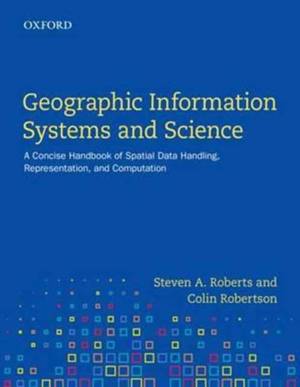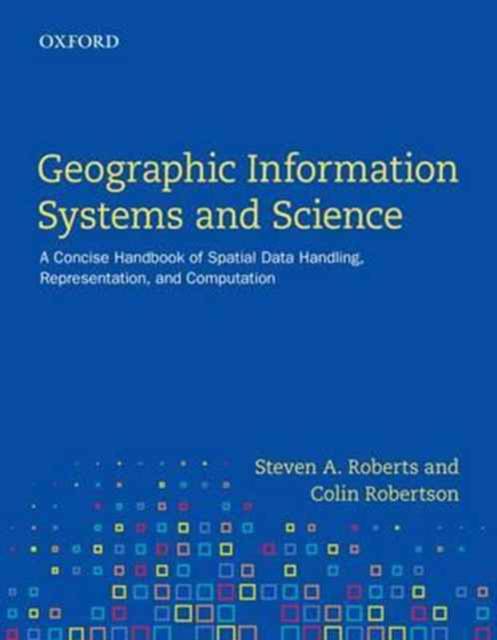
- Retrait gratuit dans votre magasin Club
- 7.000.000 titres dans notre catalogue
- Payer en toute sécurité
- Toujours un magasin près de chez vous
- Retrait gratuit dans votre magasin Club
- 7.000.000 titres dans notre catalogue
- Payer en toute sécurité
- Toujours un magasin près de chez vous
Geographic Information Systems and Science
A Concise Handbook of Spatial Data Handling, Representation, and Computation
Steven A Roberts, Colin Robertson
Livre broché | Anglais
67,45 €
+ 134 points
Description
Geographic Information Systems helps students understand how GIS enables us to digitally represent the forms, patterns and processes of Earth. The text demonstrates how the special qualities of spatial geographic data require new methods and theories, and how these new methods and theories embody the field of GIScience that underlie the technology of GIS. Designed for users already familiar with GIS, it takes students beyond the surface of the technology by explaining methods and algorithms in enough detail for students to get an intuitive grasp of the underlying ideas while also demonstrating how those ideas are applied to geographical information. In order to help students become more effective users of GIS technology, the book highlights many of the common research challenges of GIS and invites the reader to think broadly about the assumptions embedded in GIS practice today. The authors stress a critical approach throughout by describing selected aspects of the field in sufficient depth to scrutinize the formalisms underlying the simple user-interfaces that greet new GIS users. Geographic Information Systems serves as an indispensable gateway to higher study in GIS by readers interested in the fundamental research challenges facing the field today.
Spécifications
Parties prenantes
- Auteur(s) :
- Editeur:
Contenu
- Nombre de pages :
- 392
- Langue:
- Anglais
Caractéristiques
- EAN:
- 9780199003631
- Date de parution :
- 06-10-16
- Format:
- Livre broché
- Format numérique:
- Trade paperback (VS)
- Dimensions :
- 173 mm x 224 mm
- Poids :
- 566 g







